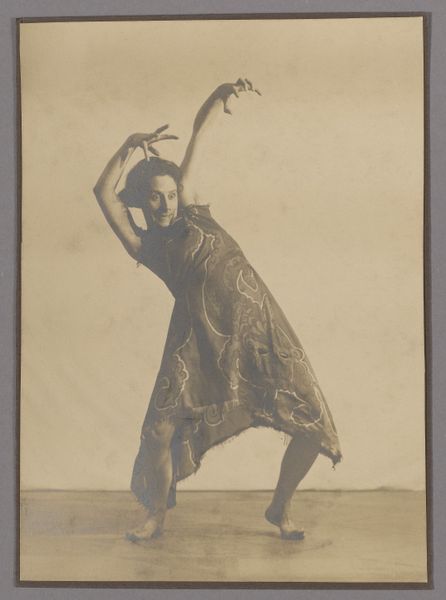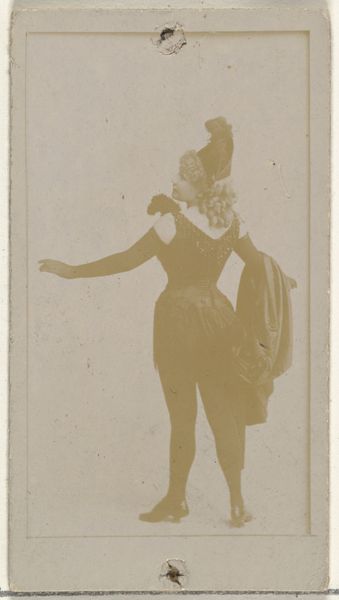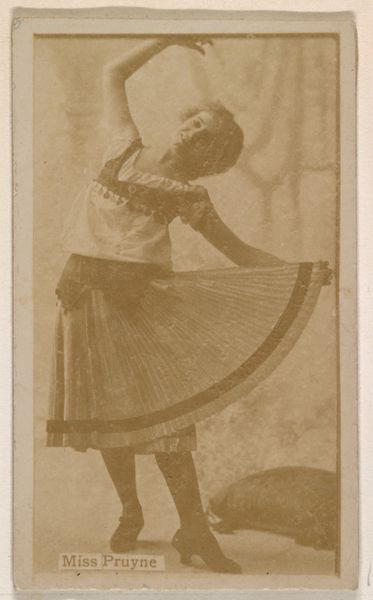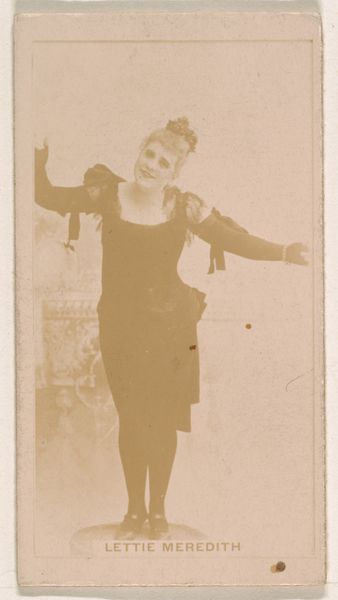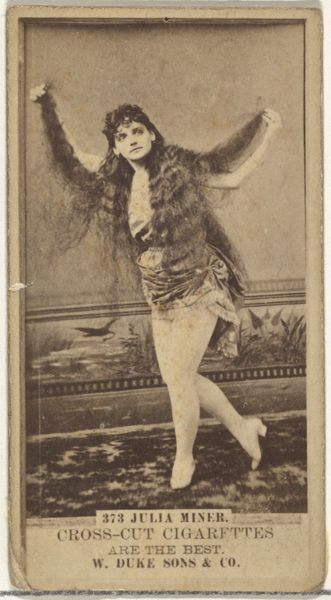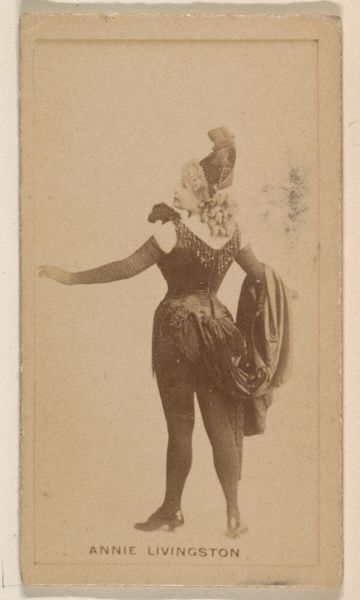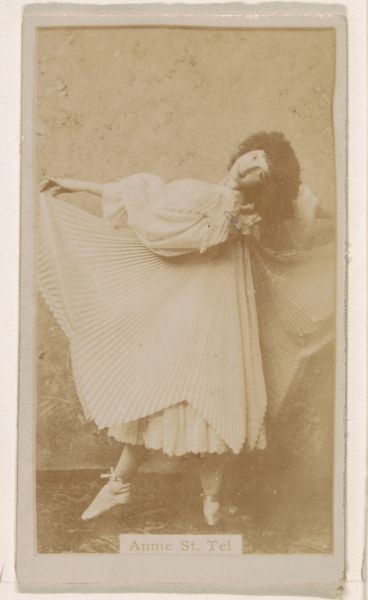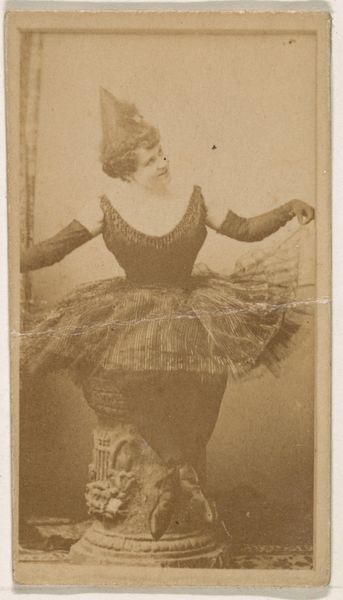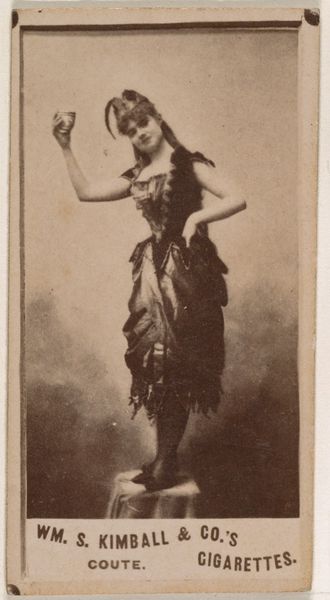
photography, gelatin-silver-print
#
portrait
#
new-objectivity
#
photography
#
gelatin-silver-print
#
nude
Copyright: Public Domain
Hugo Erfurth made this portrait of Käthe Kollwitz with photography, a medium that shares some common ground with printmaking, Kollwitz’s preferred medium. What strikes me is the texture, which is almost tactile. The netting of the dress creates a field of tiny squares, like a pointillist painting. The lighting catches each of these points, forming a visual map of tone and shadow. This reminds me of the mezzotint process that Kollwitz also practiced. The positioning of the figure, caught mid-motion, gives the work a dynamic quality, as if the image is alive and breathing. The soft sepia tones add warmth and nostalgia. The details of the dress are reminiscent of Gustav Klimt's Portrait of Adele Bloch-Bauer I. Both works capture the sitter through a shimmering, decorative lens that is sensuous and ornamental.
Comments
stadelmuseum about 2 years ago
⋮
Hugo Erfurth was one of the most important portrait photographers in Germany during the Weimar Republic. He was highly appreciated, especially in artist circles, for the sensitive portrayals in which he managed to capture the subject’s psyche. Whereas in the 1920s his prominent models still came primarily from the realm of culture and theatre, in the 1930s he focused increasingly on leading figures in business and politics. With the aid of noble printing techniques that lend his depictions striking depth, he emphasized the superiority of his photographs, which already fetched high prices during his lifetime. Erfurth’s creed was to remain ‘true, clear, and faithful to life’ in his artistic works—regardless of his models’ political outlooks.
Join the conversation
Join millions of artists and users on Artera today and experience the ultimate creative platform.
